As part of the project, I spent two months on the island to help the team while collecting data for my master thesis. I am interested in the phenotypic diversity of corals, that in another but simpler way, refers to how corals can vary in shape in response to disturbing or changing environmental conditions. I am amazed and overwhelmed by the incredibly high variability of forms and their combinations, and I look for patterns to discover a trend that could suggest an adaptive mechanism.
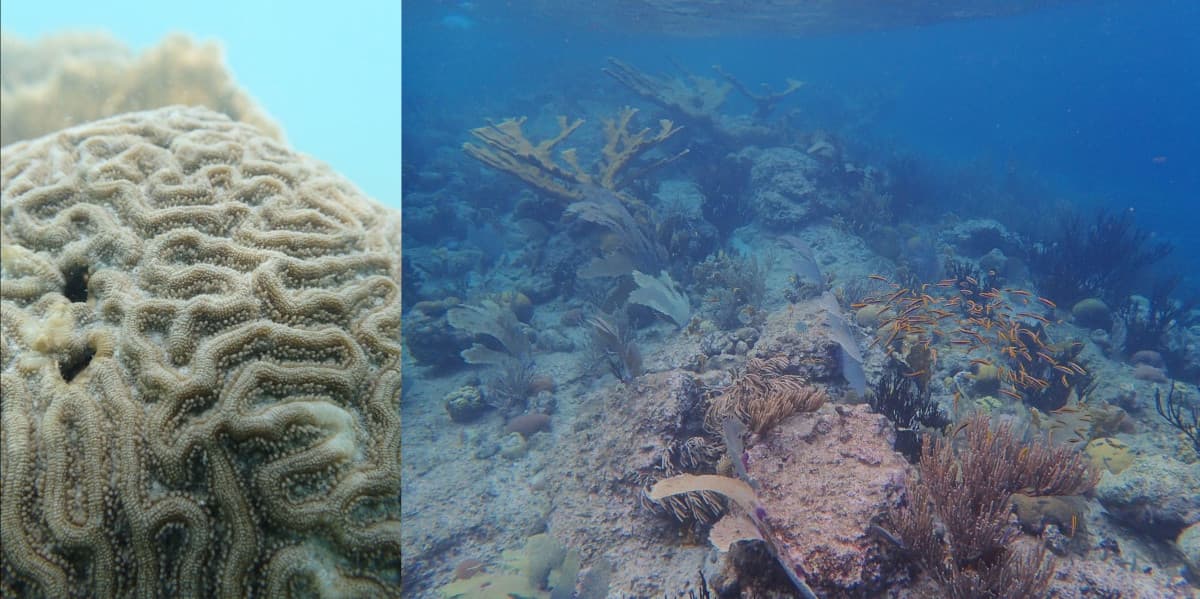
On the left, close-up of a brain coral (Pseudodiploria clivosa cf). On the right, a shallow reef characterized by elkhorn corals in the back (Acropora palmata) and several soft corals (© Giulia Caporale).
We stayed in Piscadera Bay, a fishermen’s village close to the capital city of Willemstad. Together with my team, we collaborated and based our instrumentation at the Research Station CARMABI, a non-profit foundation involved in state-of-the art tropical marine science and management of the marine parks and protected areas on the island. Here I met senior and young scientists, heard about their projects and shared thoughts and ideas. I could see how spontaneously collaborations could arise between two motivated and passionate scientists in front of a bucket of twelve beers. By developing close to the beach, the field station provides easy access to already incredible waters, a beautiful privilege to start and finish the day with. I feel grateful for the time I spent at CARMABI, for all the people and scientists, and for the knowledge I tried to grasp from them.
During the first two weeks of our stay, we explored the island to scout potential sites of interest for our study. This allowed us to get an idea of the current state of the coral reef communities underwater. We also defined and tested a field protocol for photogrammetry by snorkeling and freediving to a maximum depth of five meters. At several sites along the coast, by covering a frame of 100 m2, we collected overlapping pictures by slowly swimming on the surface and carrying a one meter pole, attached to a buoy and fixed to two GoPro Hero 3 in timelapse mode. We aim to apply the Structure-from-Motion technique to produce 3D models out of this complex dataset of pictures. In the following weeks, we continued working with secondary projects and collecting data for my master thesis, for which I had to improve my photography skills and learn how to take close-up pictures of very sharp corals in particularly rough conditions.
Towards the end of the stay, we concentrated our efforts on the paleoecological part of the project, and started working on a daily routine for surveying the fossil outcrops. We spent many days in the sun constantly exposed to the seaspray. I can admit that I will never forget the fossil reefs. As a young scientist, and having the data in my hard drive, I confess to wanting to share those pictures with as many people as possible, and to tell a story in a way that everyone could understand and use for the future. Along the windward coast, we could walk down to sea level through old river incisions, also called Bocas. The mechanical erosion of the river uncovered through time the fossil reef immortalized beneath and within his sediment matrix. The erosion reveals paths inside the reef and allows you to walk among extraordinary columnar and massive corals, to find big gastropods or tube worms, and to sadly imagine how majestic these corals could have been before the occurrence and impact of humankind in the Caribbean Sea.
- Part of the daily routine on the fossil outcrop (© Patrick Boy)
- A fossil brain coral on the left, and a close-up of the corallite details on the right (© Giulia Caporale).
This two-months experience taught me very much. I had to find a personal way to cope with physical injuries, stressful relationships, continuous physical and mental effort. I had the chance to feel inspired by my supervisors, by the people around me. I liked feeling productive by doing what I like. No matter the fatigue, entering the water in the morning was enough to motivate me to continue and do better, and faster. I came back motivated and scared of losing that vibe, that discipline that I developed over time. I think that this experience will help me with many future situations, and obviously, I would recommend it to anyone. Leaving your comfort zone is the only way to really challenge yourself and create room for personal growth.

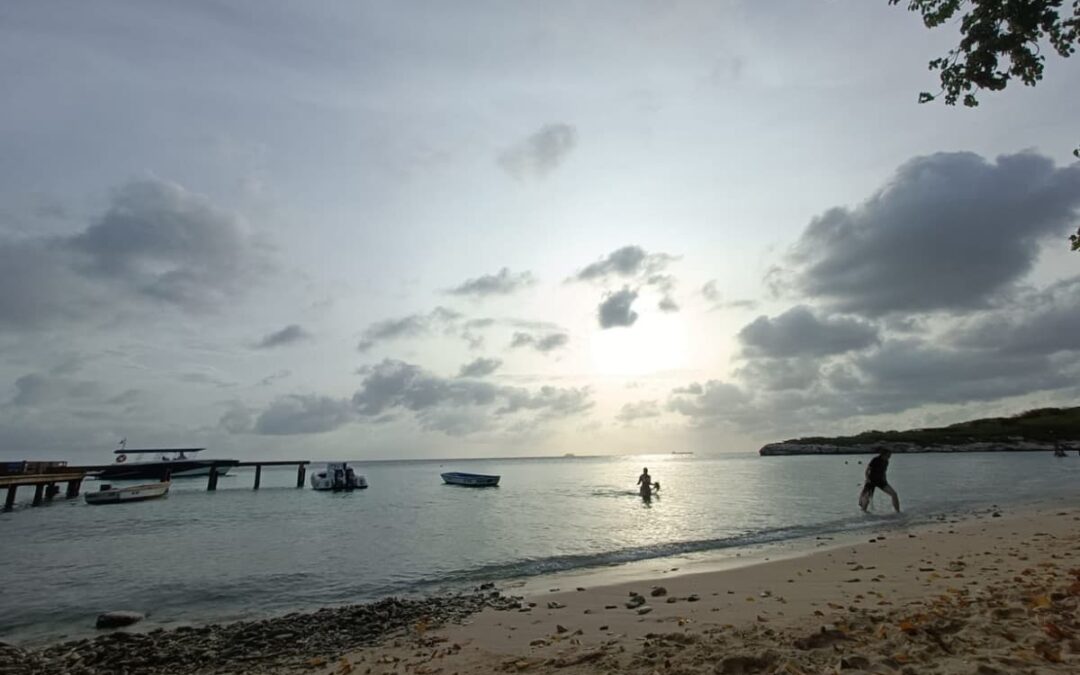
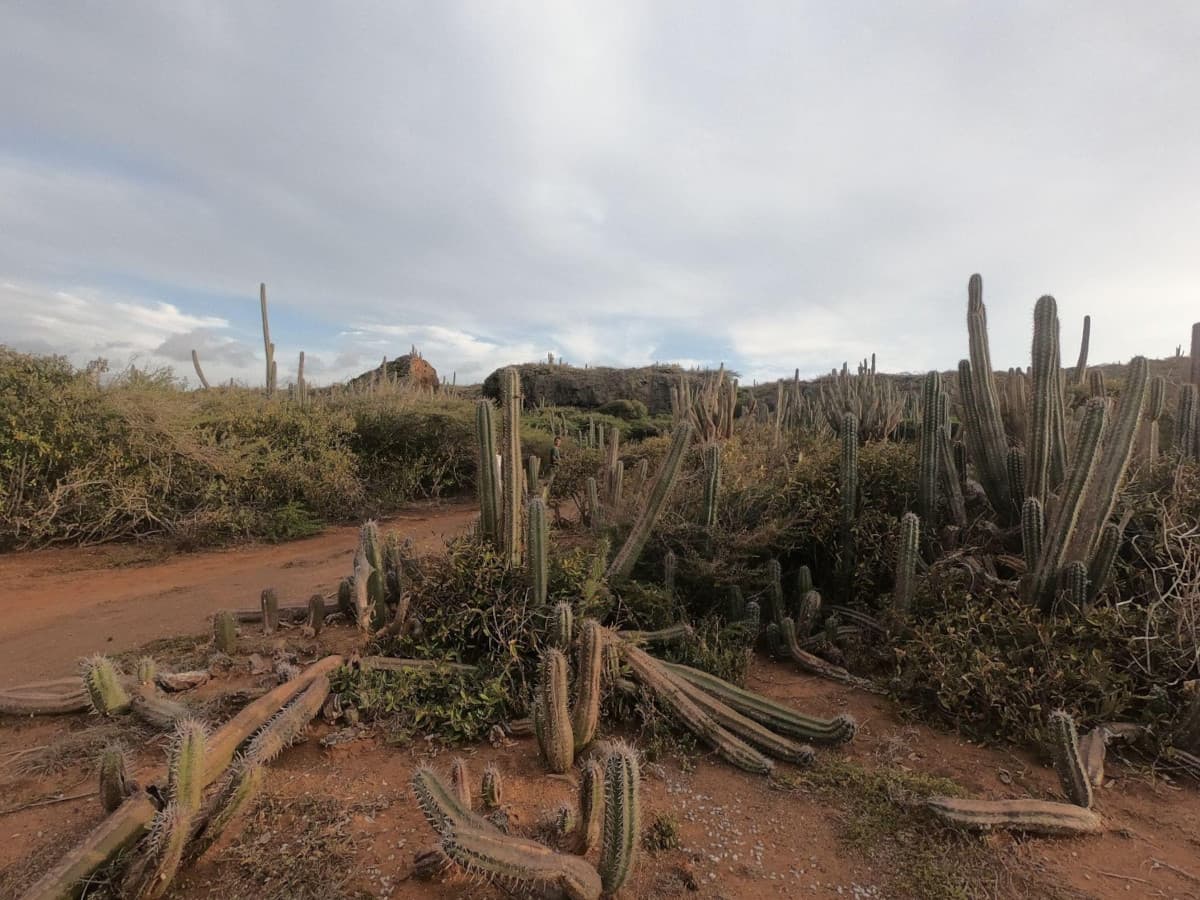
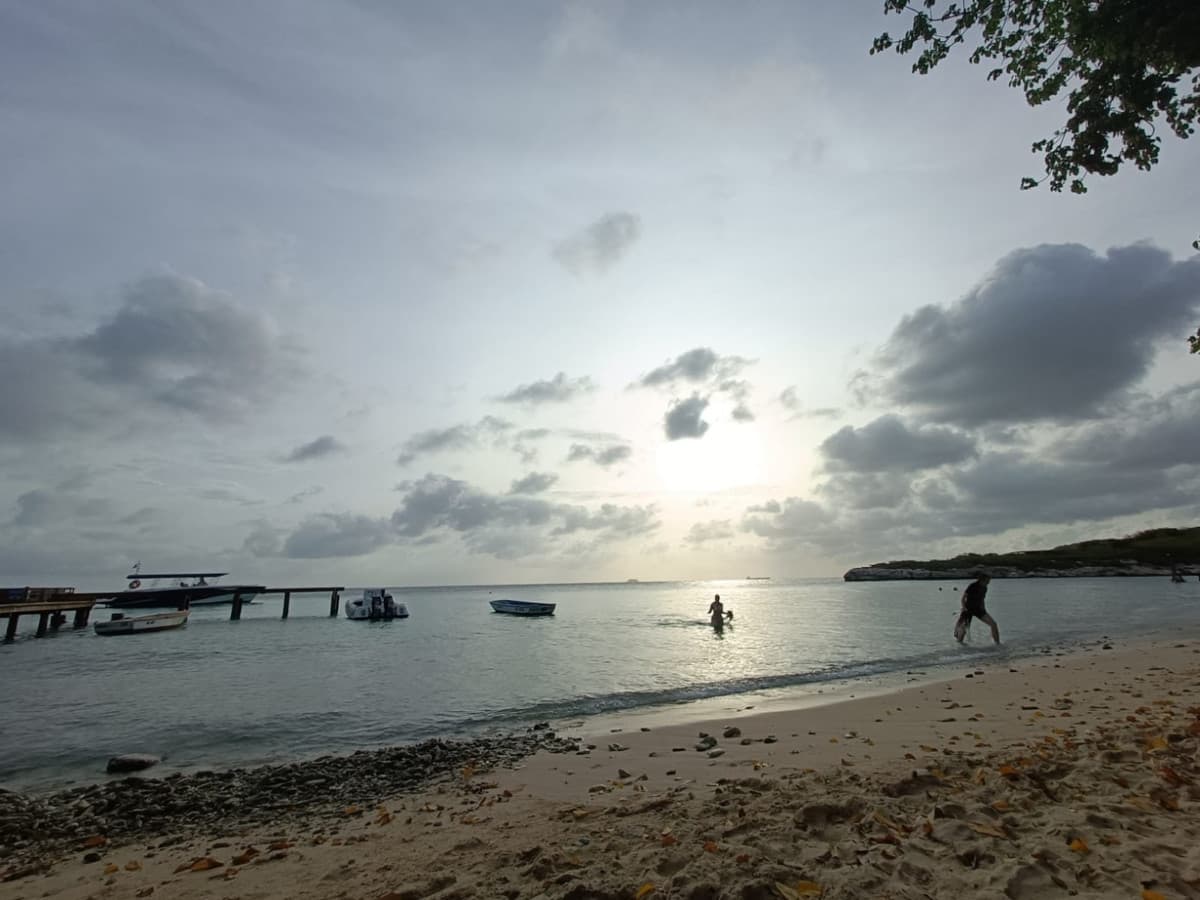
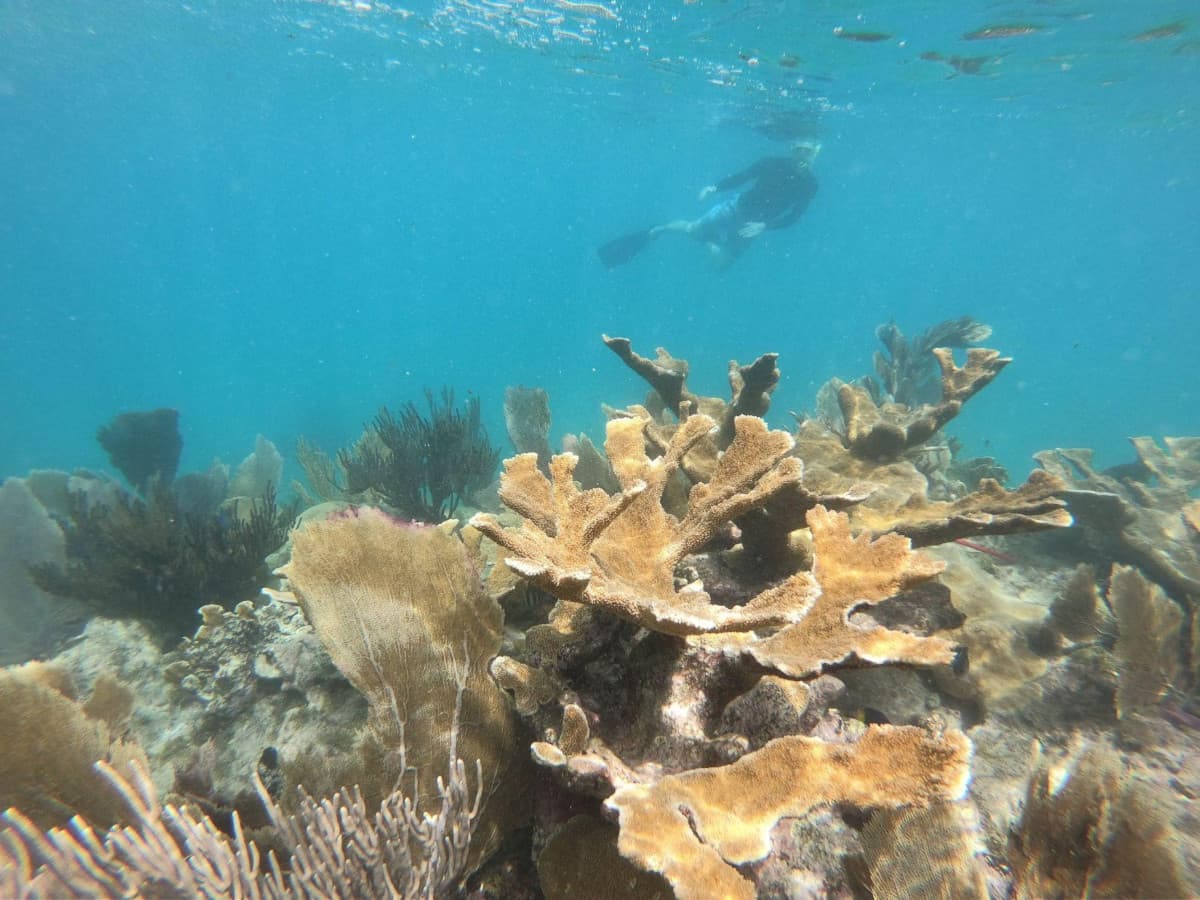
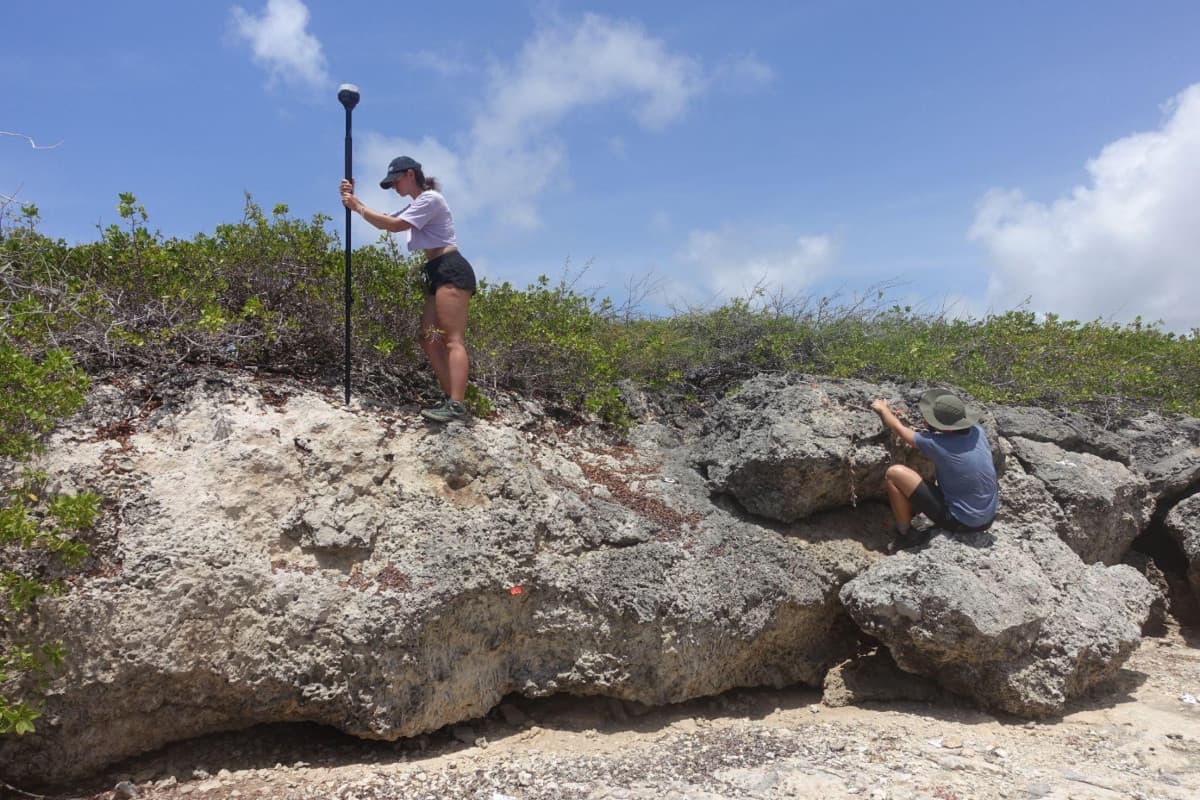
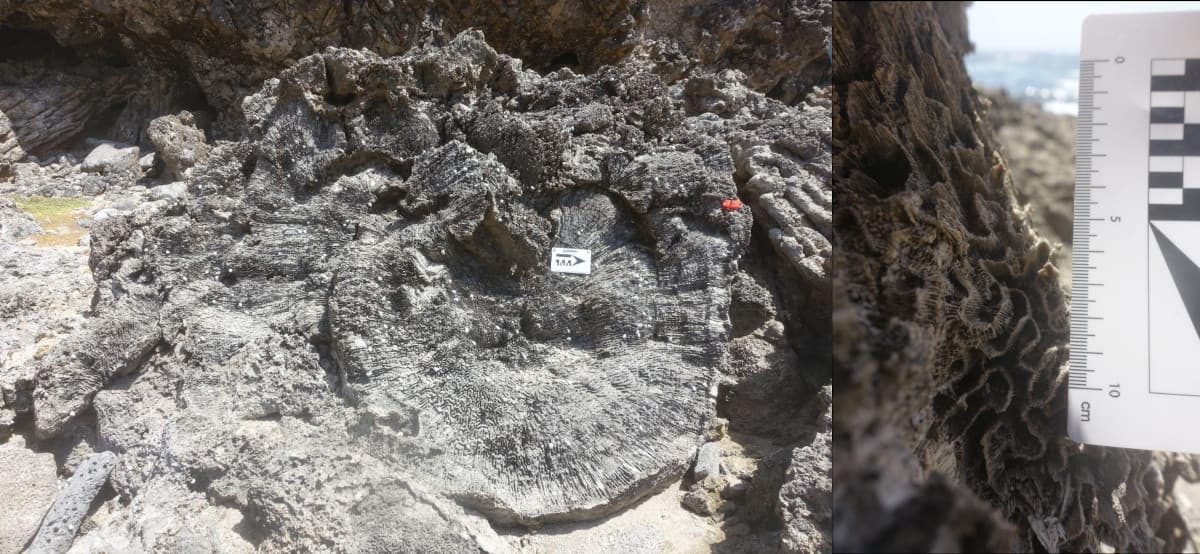
Neueste Kommentare